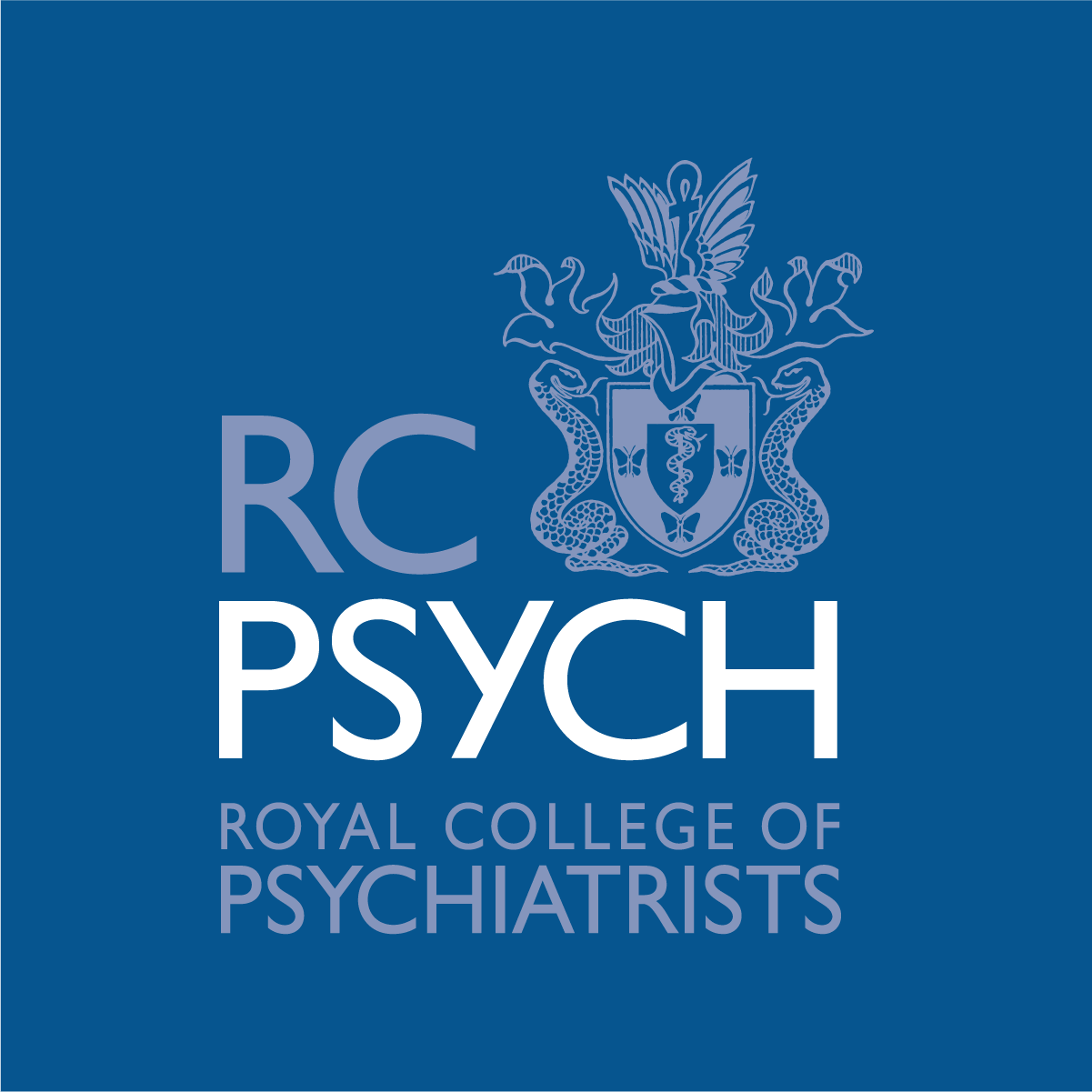Evidence

J Neurotrauma. 2024 Mar 22. doi: 10.1089/neu.2023.0475. Online ahead of print.
ABSTRACT
Pre-injury migraines might be a risk factor for prolonged recovery after sport-related concussion (SRC). We sought to examine whether a pre-injury history of migraines is associated with worse recovery following SRC in collegiate athletes. Data were collected through a prospective concussion surveillance system in 11 NCAA Division III college athletic programs between 09/2014-03/2020. Our primary independent variable, pre-injury migraines, were self-reported by the athletes. Between those with and without migraines, the outcomes of days to return-to-learn (RTL) without academic accommodations and return-to-play (RTP) and were compared using Mann-Whitney U tests. Each athlete’s RTL and RTP status was dichotomized (i.e., returned vs. not returned) at various time points for RTL (i.e., 7/14/21/28 days) and RTP (i.e., 14/21/28/56 days). Chi-squared tests were performed to compare the proportions of RTL and RTP status between groups. Multivariable regressions analyzed potential predictors of RTL and RTP adjusting for age, gender, prior concussions, other health conditions, and symptom severity. Of 1,409 athletes with an SRC, 111 (7.9%) had a pre-injury history of migraines. Compared to those without migraines, those with migraines had longer median [IQR] days to RTL (migraines=7.0 [3.0-12.3] vs. no migraines=5.0 [2.0-10.0], U=53,590.5, p=.022). No differences were found in RTP between the two groups (migraines=16.0 [10.0-33.0] vs. no migraines 15.0 [11.0-23.0], U=38,545.0, p=.408). Regarding RTL, significantly lower proportions of athletes in the migraine group had fully returned to learn, without accommodations, at ≤ 14 days (77.5% vs. 85.2%, X2=4.33, p=.037), ≤ 21 days (85.3% vs. 93.0%, X2=7.99, p=.005), and ≤ 28 days (88.2% vs. 95.6%, X2=10.60, p=.001). Regarding RTP, a significantly lower proportion of athletes in the migraine group returned to play at ≤ 28 days (72.0% vs. 82.7%, X2=5.40, p=.020) and ≤ 56 days (84.0% vs. 93.0%, X2=8.19, p=.004). In a multivariable model predicting RTL that was adjusted for age, gender, acute concussion symptoms, and other health variables (e.g., ADHD, history of mental health difficulties), pre-injury history of migraine was associated with longer RTL (β=0.06, p=.030). In a multivariable model predicting RTP, pre-injury history of migraine was not associated with RTP (β=0.04, p=.192). In collegiate athletes, pre-injury migraine history was independently associated with longer RTL but not RTP. When comparing the proportions of those with successful RTP by days, significantly lower proportions of those with migraines showed successful RTP at ≤ 28 days and ≤ 56 days. Futures studies should study the generalizability of our findings in other school levels.
PMID:38517075 | DOI:10.1089/neu.2023.0475



Estimated reading time: 7 minute(s)
Latest: Psychiatryai.com #RAISR4D Evidence

Cool Evidence: Engaging Young People and Students in Real-World Evidence

Real-Time Evidence Search [Psychiatry]

AI Research

Recovery after Sport-Related Concussion in Collegiate Athletes with Self-Reported Pre-Injury Migraines

🌐 90 Days
Evidence Blueprint
Recovery after Sport-Related Concussion in Collegiate Athletes with Self-Reported Pre-Injury Migraines

☊ AI-Driven Related Evidence Nodes
(recent articles with at least 5 words in title)
More Evidence






